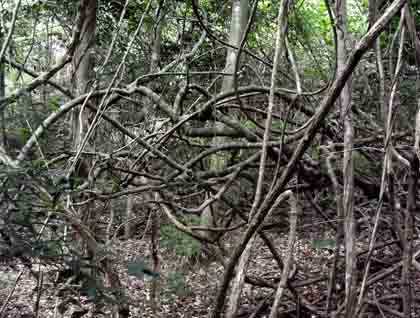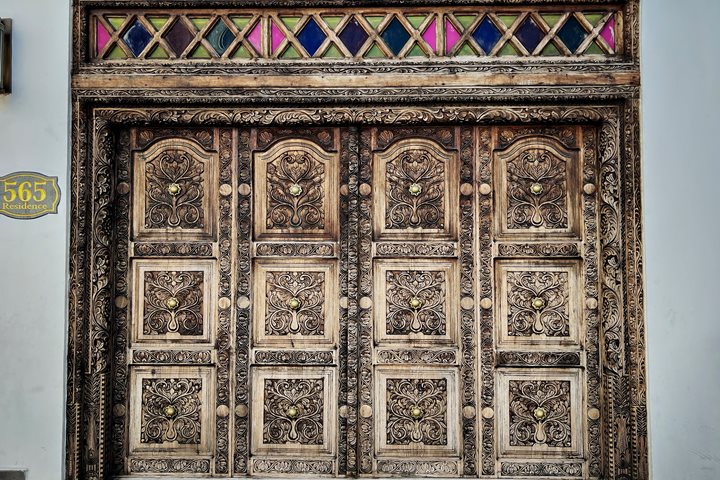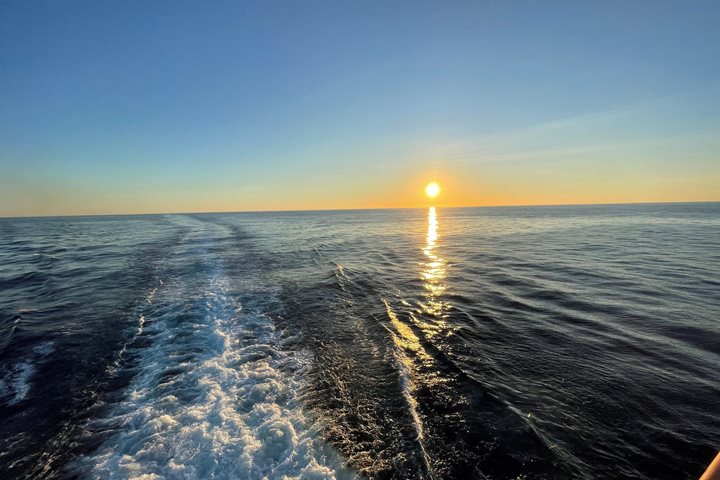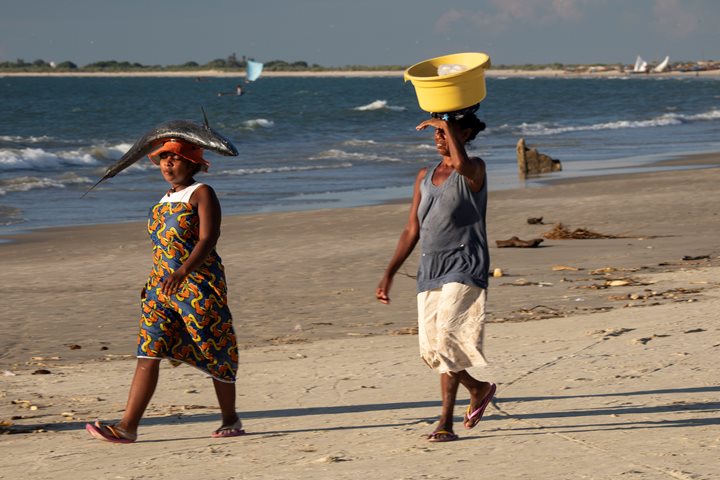We spent last night berthed in the bustling harbor of Durban, South Africa’s biggest port. This provided us with an ideal position from which to operate our day’s exploration of KwaZulu-Natal, or Zululand. Right after breakfast, we all boarded coaches to head for Eshowe, a region located in the heart of Zululand. Most of us opted for a morning visit to Fort Nongqayi to learn about the sometimes violent history of the interactions between the Zulu nation and the British colonizers. The fort was built by the British in 1844, during a lull in the Zulu Wars. There were three major wars fought here in Zululand during the 19th century between Britain and the Zulu Kingdom. Two wars occurred before the fort was established and the final one, made famous by the Battle of Rourke’s Drift in 1879, occurred after its construction. The structure provides us with an intact representative of the typical British fortress used in colonial Africa. No fighting actually took place here in Eshowe after the fort was built, and perhaps the fort’s greatest importance was its later use as a training facility and barracks for the Zulu constabulary.
The rest of us spent much of the morning exploring the Dlinza Forest (also in the Eshowe region), where we had a chance to visit a beautiful piece of the original forest of Natal. This site is a real gem, because the drive we made to reach the forest took us through almost unimaginable stretches of treeless sugar cane fields covering the surrounding hills. It’s difficult to fathom the amount of sugar that must be produced in this part of the country. Dlinza is located in the East Africa Coastal Forest zone and is a typical tropical evergreen forest that provided us with a real feel of wildness. Although Dlinza is not a true tropical rain forest, because it receives too little rain year round, walking on the well-maintained trails took us through a dense forest habitat in which we could see many similar aspects of a tropical rain forest. This included high species diversity, immense vertically straight trees producing a high canopy, and an astounding array of lianas and epiphytes. In fact, there were parts of the forest where one could not walk off the trail very far, because the space between the lowest tree branches and the ground level was filled with twisted lianas. There were many sounds in the forest from tree frogs, cicadas, and other insects, and unseen birds, which only increased our enjoyment of the nature walk. Fortunately, a few bird species were successfully observed in the dense foliage, almost all of which were new species to our keen birders. Without question, however, the best wildlife sighting must have been two shy blue duikers, tiny forest antelopes that are seldom seen in the wild under normal conditions. One of them quietly walked parallel to us on the trail for several meters and a few photographs were fortunately obtained. The highlight of the nature walk was the aerial boardwalk which gave us access to the forest canopy high above ground and chance to experience what the vervet monkeys must feel when they are up here in the highest branches.
Everyone joined up for lunch in a restaurant near Fort Nongqayi, where some of us walked over to a hillside overlooking a pond that was rich with shore birds, waders, and waterfowl. Afterwards, we all drove out into the countryside to visit a small, somewhat spread out Zulu village. It was interesting to see the combination of traditional round houses interspersed with more modern-styled block houses, almost all with electricity and many with satellite dishes. We were able to sample some cow head stew and dumplings fresh out of the boiling pot before walking over to the school for a wonderful and heartfelt singing and dancing performance put on by the students. The rest of the school kids seemed to enjoy the performance as much or more than we did!







